Any film still in production today must have something going for it – almost a survivorship bias in effect. I don’t think there are any “bad” films, only different tools for different jobs. I am open to experimentation to see what films I am less familiar with might offer my work, and will do my best to avoid treating these as “test rolls” but instead will bring them to situations where I expect them to perform possibly at their limit, with a great possibility of failure if they do not manage to fulfil my expectations.
For low speed films my use-case will be ideally brightly lit scenes, and scenarios where working with a wide aperture won’t detract from compositions. I’ve written before about using Ilford Pan F 50 in low-light for an indoor, early morning shoot, which was a challenge more for my steady hands than anything the film was doing.
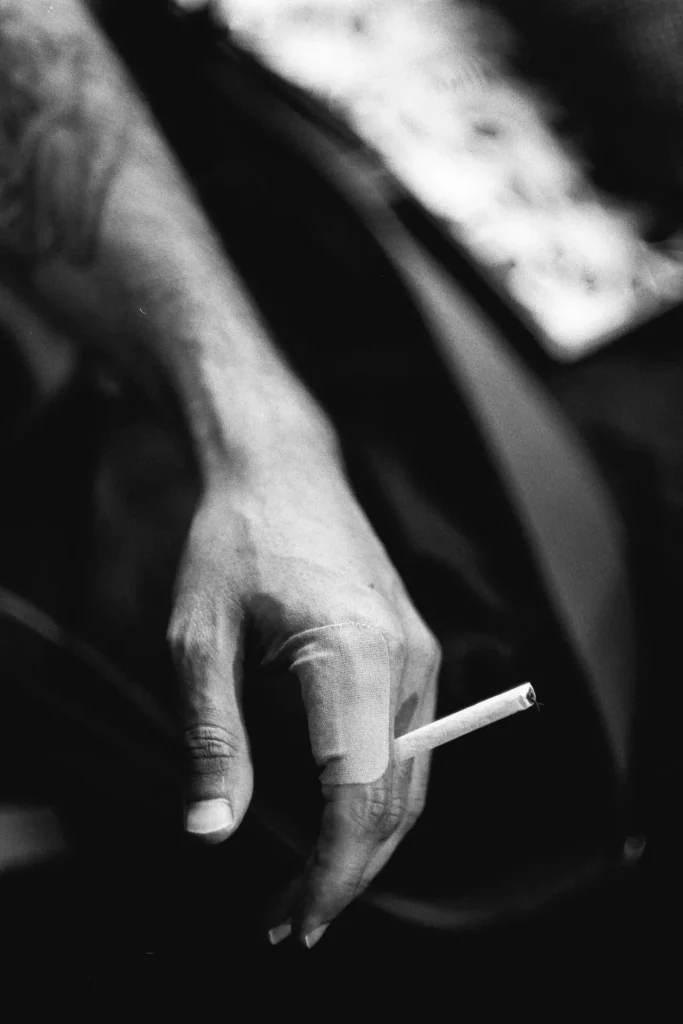
Aside from occasionally working with Pan F 50 my low-speed films of choice are FP4+ and Delta 100, which I use somewhat interchangeably. I think FP4+ is marginally more versatile, although I haven’t done much in the way of pushing or pulling, it performs how I need it to when exposed at 100. Andrew Blowers uses FP4+ a lot, and has pushed it quite far, so his results would be more telling in terms of true versatility compared to mine. Having said that I mostly prefer the “look” of Delta 100, which again I only expose at 100 when working with it in good, well lit conditions. As I said at the start, I don’t expect any of these films to be “bad” just different from one another.
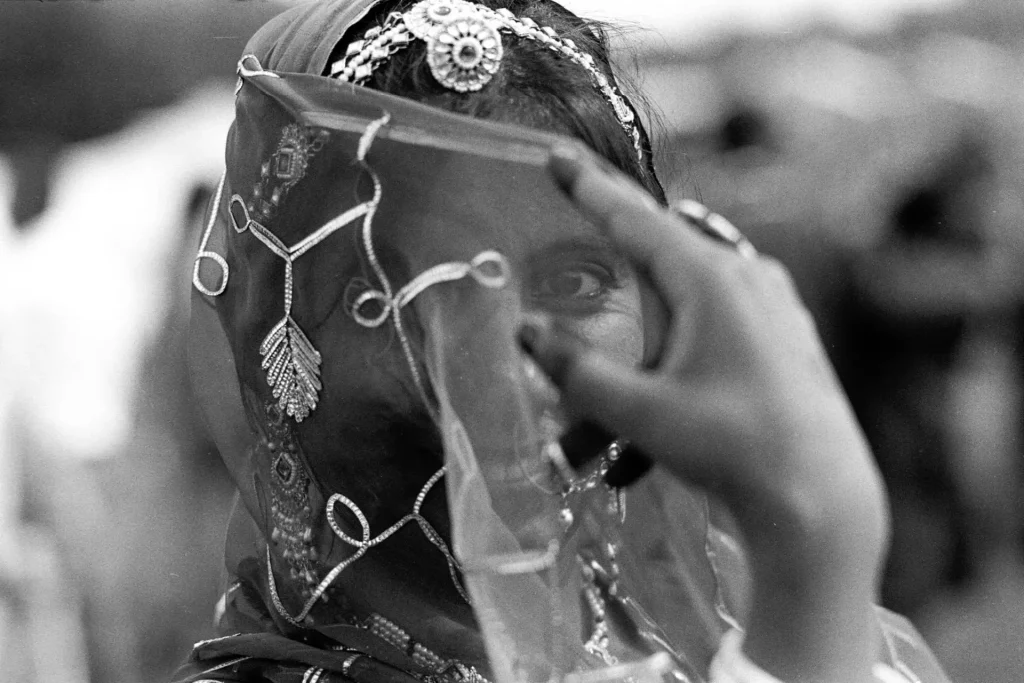
The most obvious (but marginal) difference Ortho 80 brings is a recommended ISO in-between 50 and 100, along with a desensitised ability to render red-spectrum colour. Orthochromatic film is more sensitive to the blue end of the spectrum, which in practice has an effect on the sky, water, and even greenery that may be in a scene. On the other end of the spectrum the red-desensitivity is most noticeable when it comes to skin tones, but can also influence other redder-toned light that may be in your frame.
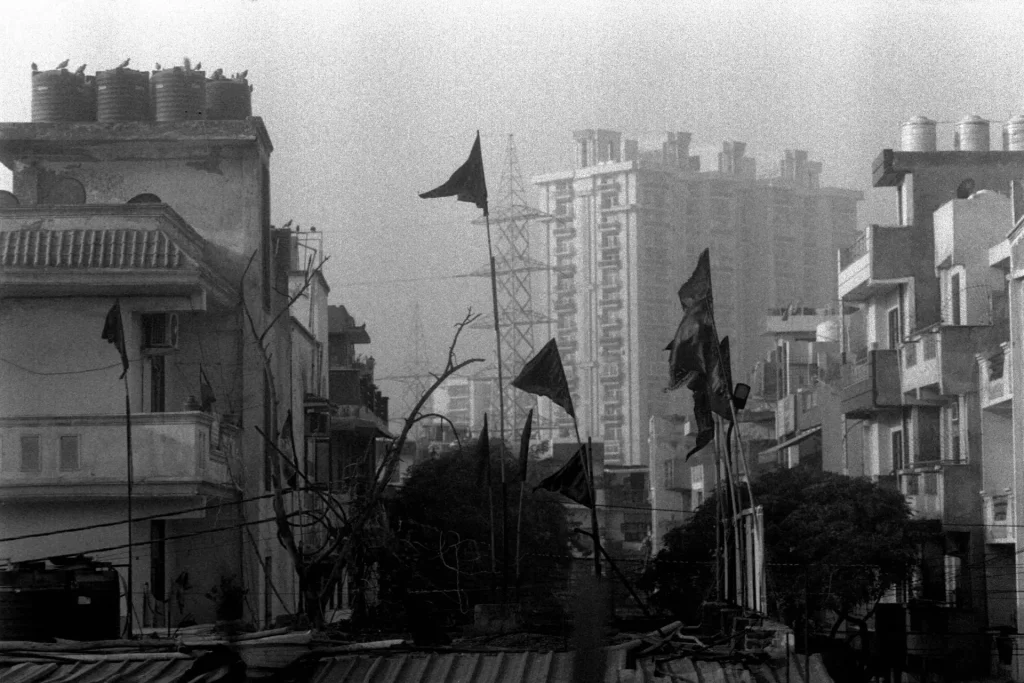
I was interested to see how this change from my usual use of pan-chromatic film would render, and whether my images would end up very different from what I was used to. I made a few adjustments to my exposure, especially when making portraits, when I would overexpose by at least a stop in order to compensate for the possibility of underexposing the skin. I didn’t use any colour filter to enhance the effect, and developed my rolls using either semi-stand or 1+25 in Rodinal. I set my meter to 100, same as when exposing FP4+ and Delta 100, although in this case it’s almost the inverse of the way my FP4+ ends up very slightly overexposed, these rolls were very slightly under-exposed.
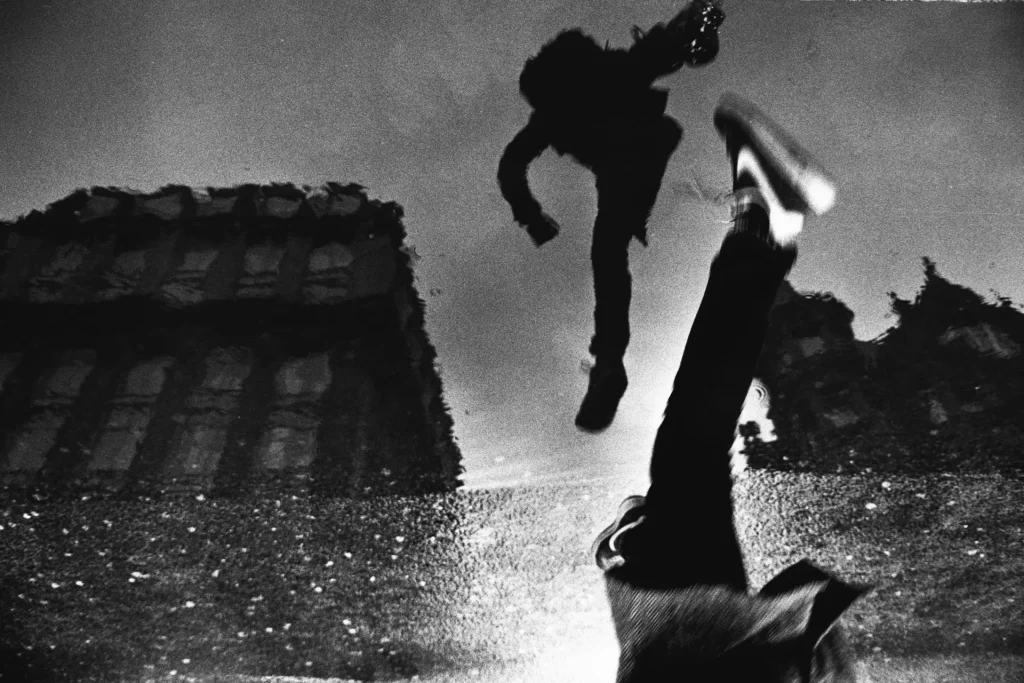
From a low speed roll such as this I hope for fine grain (although I am aware my use of Rodinal does not contribute to this when it comes to aesthetic), as well as good dynamic range (I understand from Ortho 80 you can expect around 10 stops), and somewhat decent contrast (although the “effect” of the rendering may influence this).
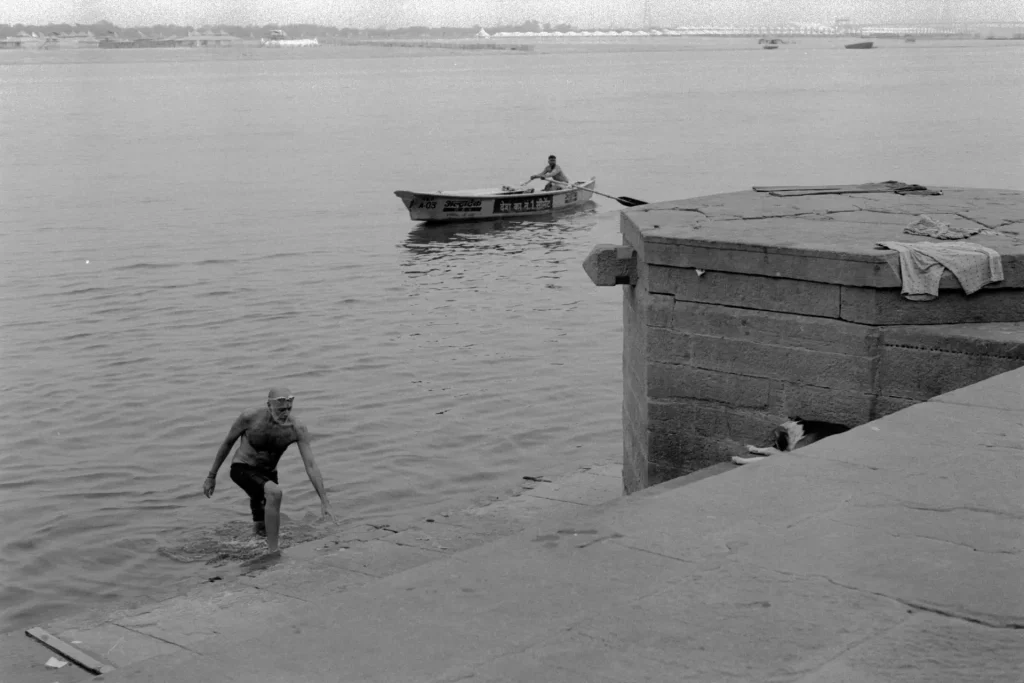
I’ve shot a few rolls of Ilford Ortho 80 across the last few years in varying conditions, with different assignments underway. All of the images in this article except one was made with my Leica M6 with 90mm APO lens, one was made with a 24mm (feel free to guess which in the comments, although I think it’s pretty obvious!). I haven’t used this film in 120 format, so my opinions are only relevant to 35mm.
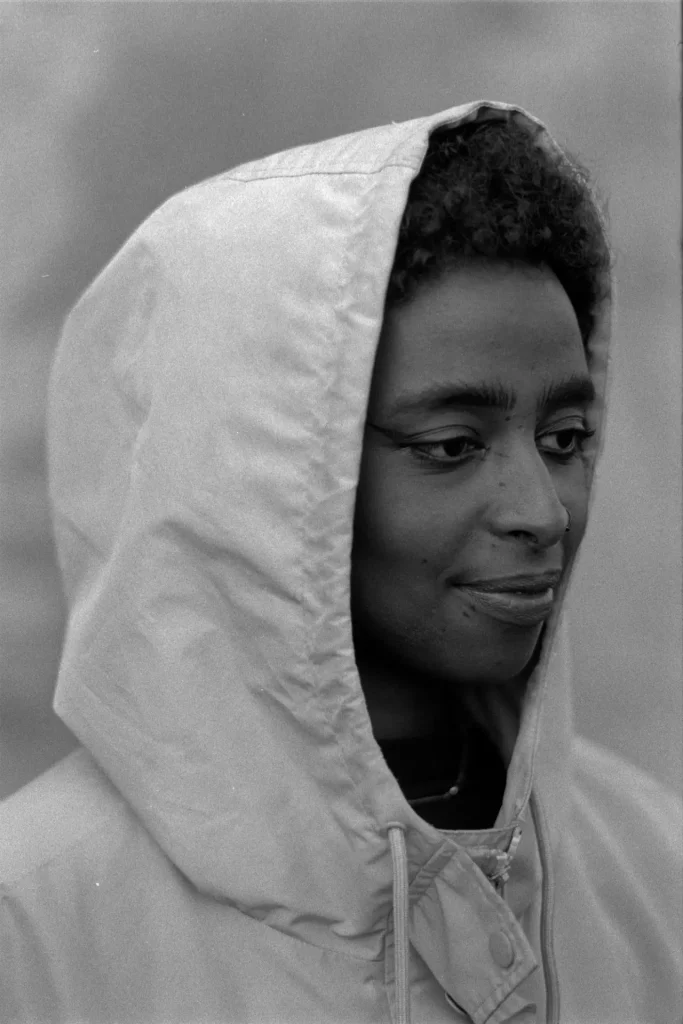
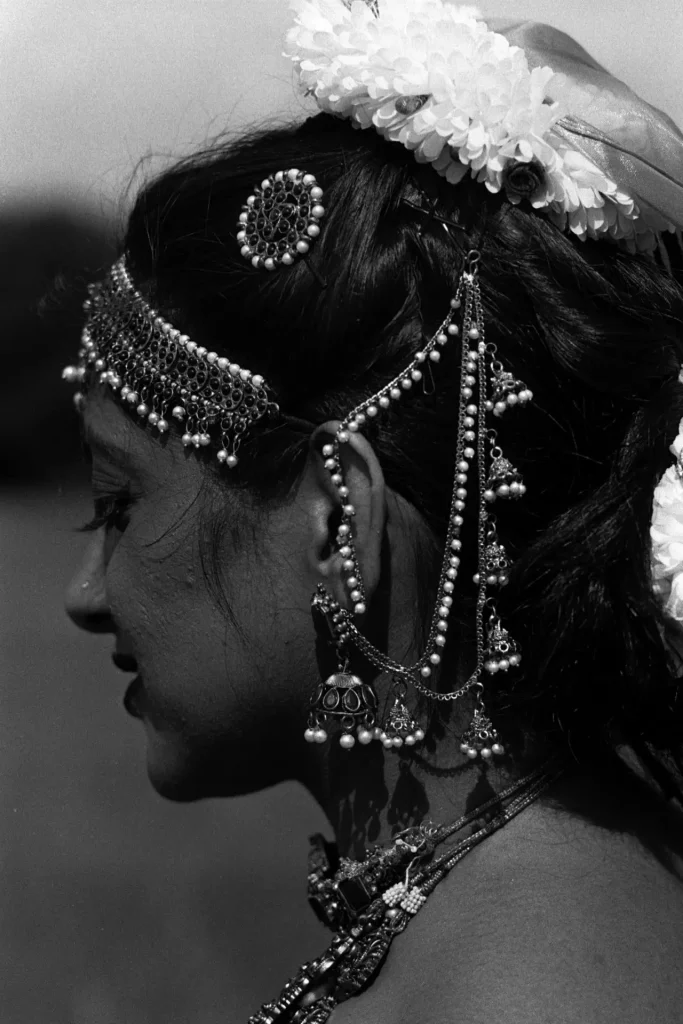
The aspect I was most interested in, the Orthochromatic rendering, was more subtle in my results than in some of the example images I’ve seen online – I think the stand development method evens things out quite a bit – but it’s still there if you know what to look for. Skin tones were my main worry, but I found the rendering to be quite wonderful, and I didn’t lose any portraits to underexposure. However, there are a few examples where skin is a little darker than I’d hoped for, but I know that the conditions these were made in were not the ideal sunlight of the others, but grey, overcast days, which affected the tones of available light for the skin to reflect.
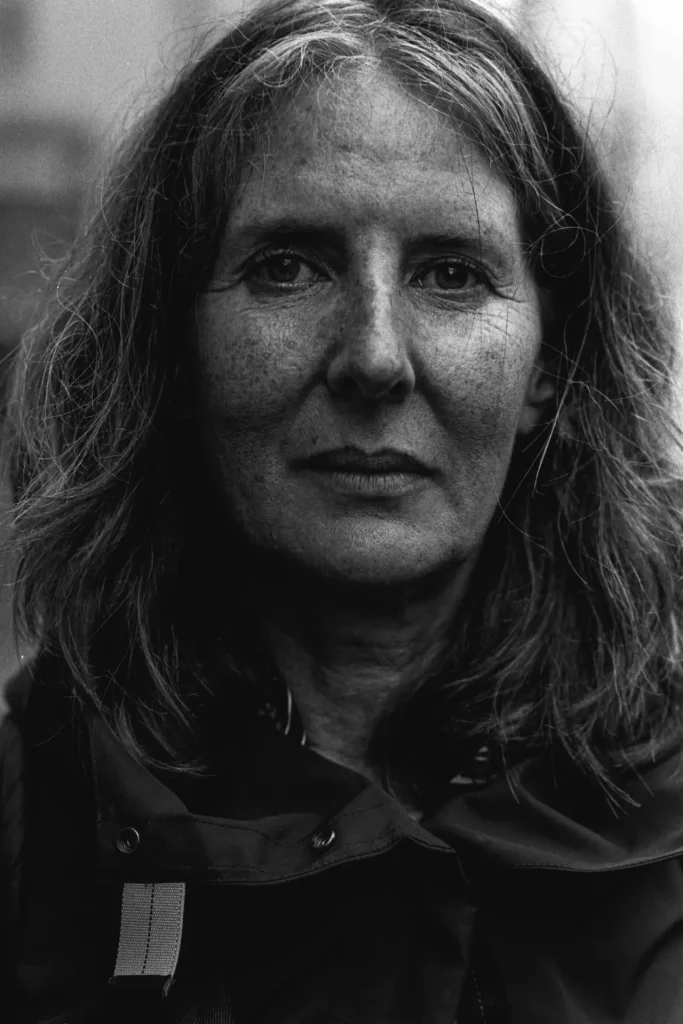
I can understand how landscape images would be greatly changed by this film, as the shades at play are more likely to include the rich blues and greens that this film will soak in. My documentary work is people-centric, which means I am dealing more with the aspect of the film that is less sensitive, in the reds and oranges of the spectrum.
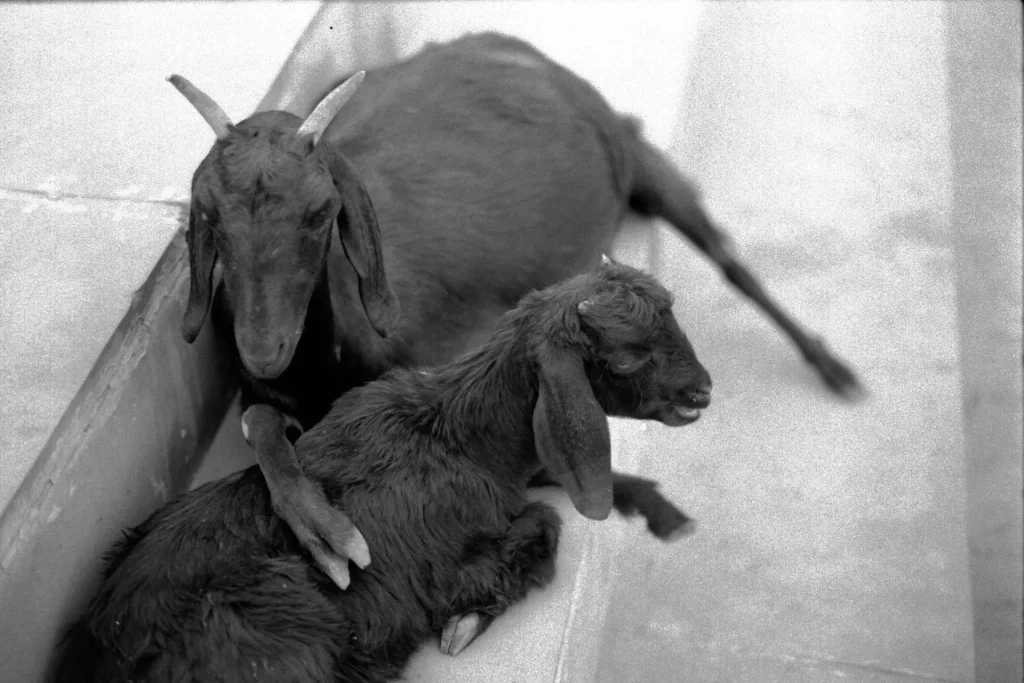
The look of this film when working with specific colour palettes ought to be the main selling point. However, for the work I am doing it doesn’t make a lot of sense based on this difference alone. I don’t believe it’s currently available as a bulk roll for self-loading, which would bring the price down quite a bit for long term use, whereas FP4+ and Delta 100 are readily available in such a format. It is far more economical for me to use those as general use low-ISO options for my projects than to incorporate something as specific as Ortho 80 – but that doesn’t mean it’s useless altogether. If I ever have to work with landscapes for a project, or need the specific look this film offers, however subtle, it is good to have it available to me.
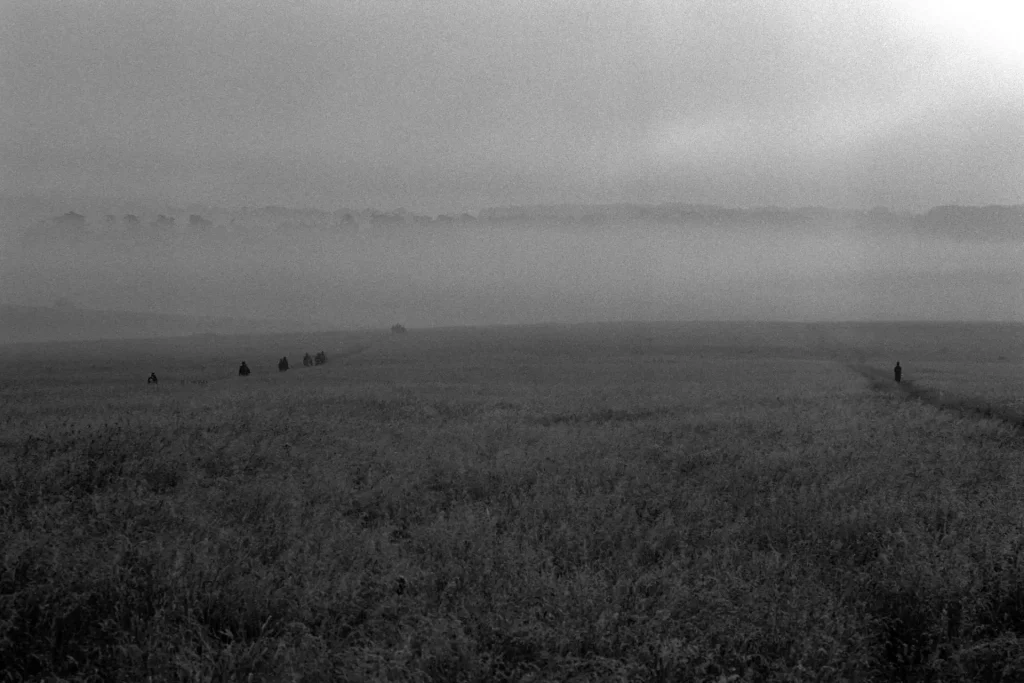
Looking through my work from it I do see many instances where it clicks and makes sense, that this film delivered something that an alternative could not. I may shoot the occasional roll in the future, but I can’t see myself working with it as a dedicated format for any specific current project.
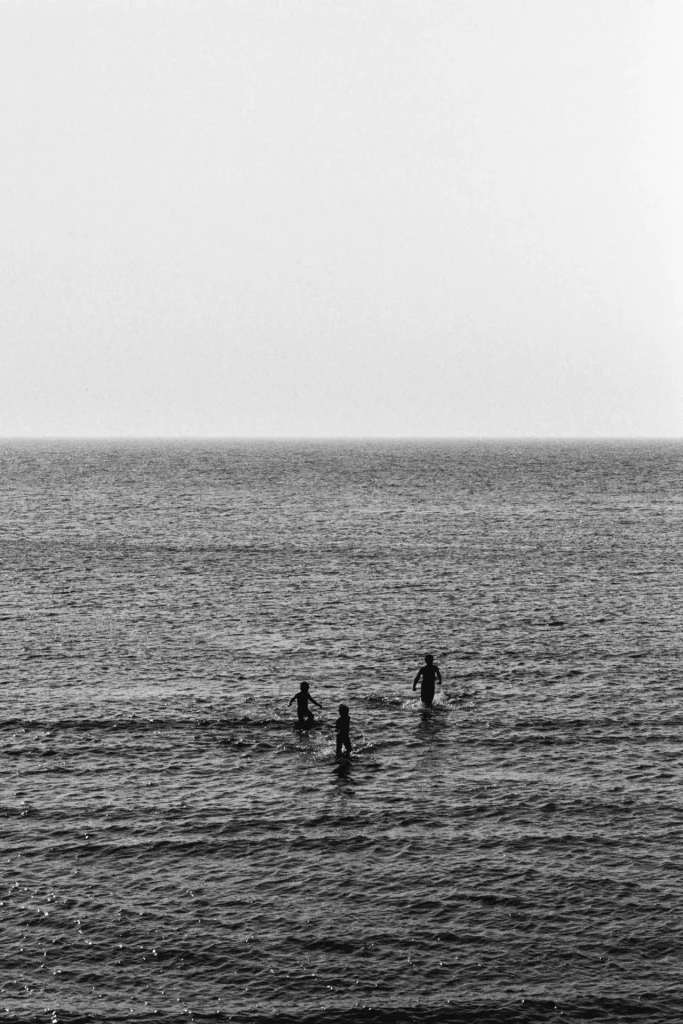
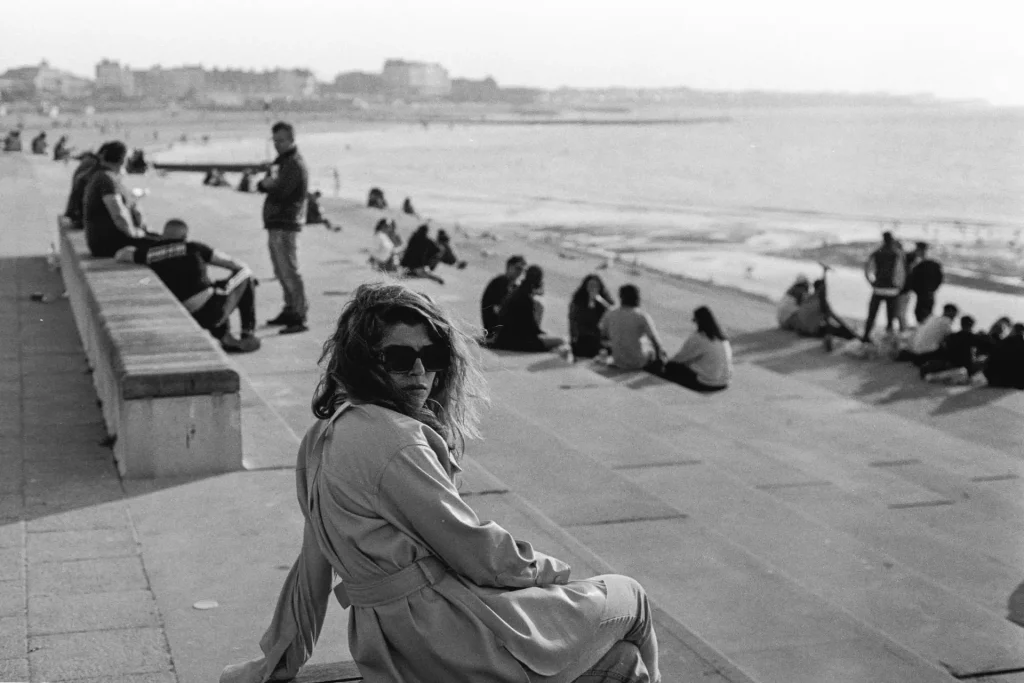
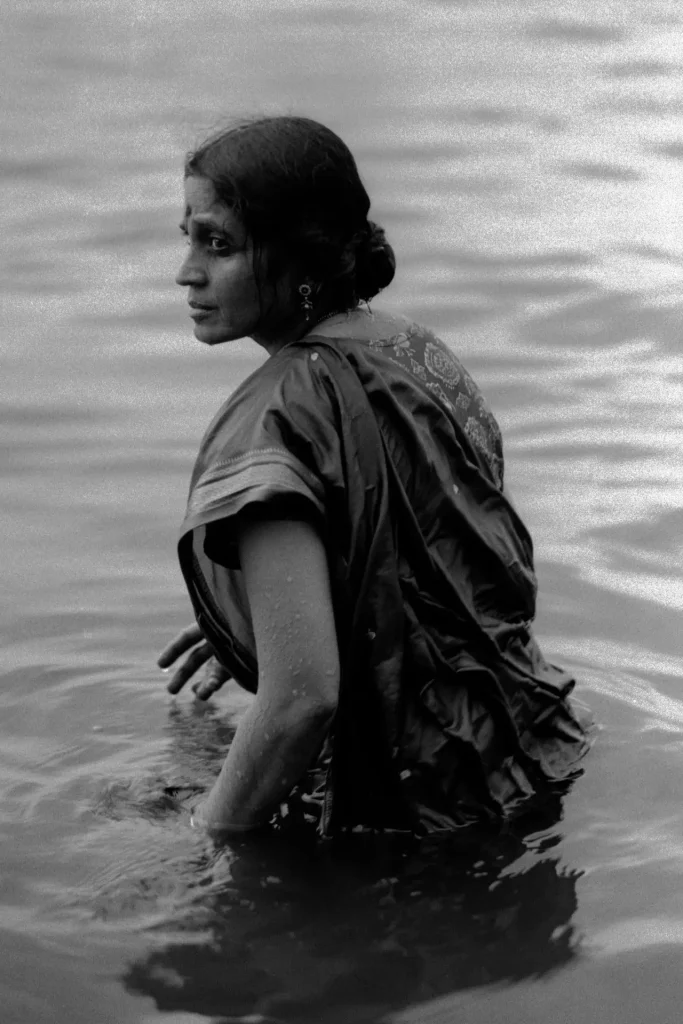
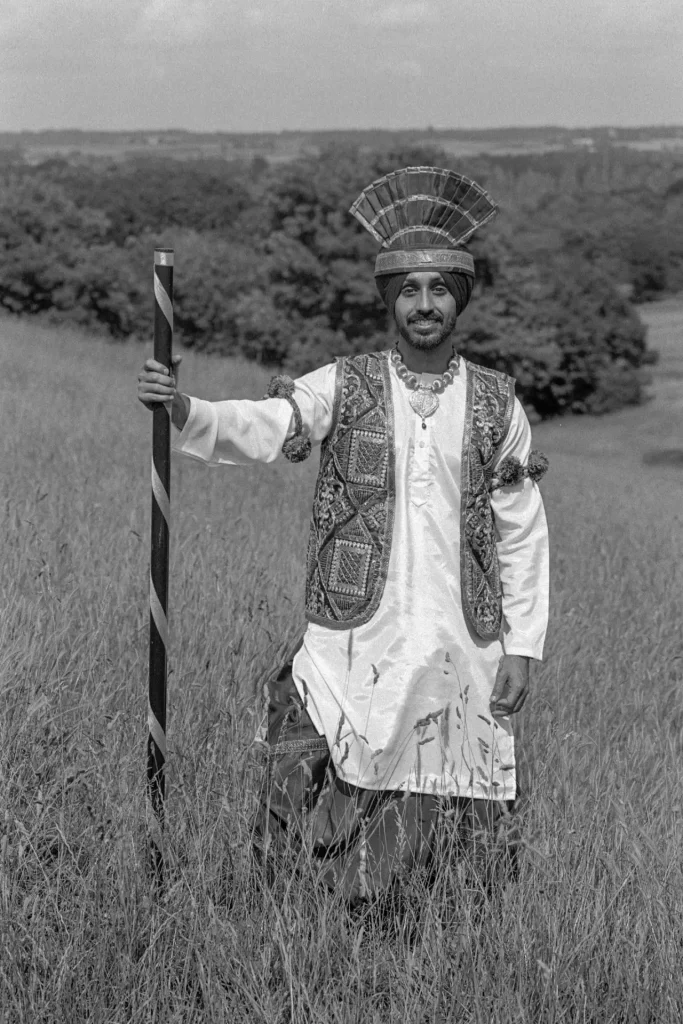
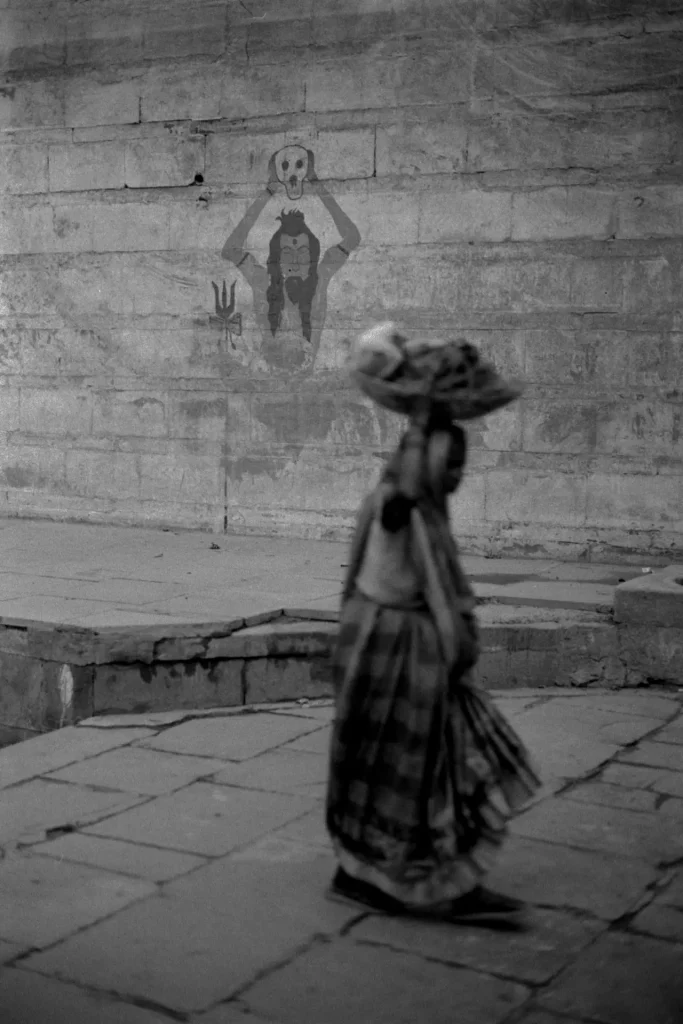
If you’ve enjoyed my thoughts here please consider supporting me by buying one of my prints or publications. You can find me on Instagram here.
Share this post:
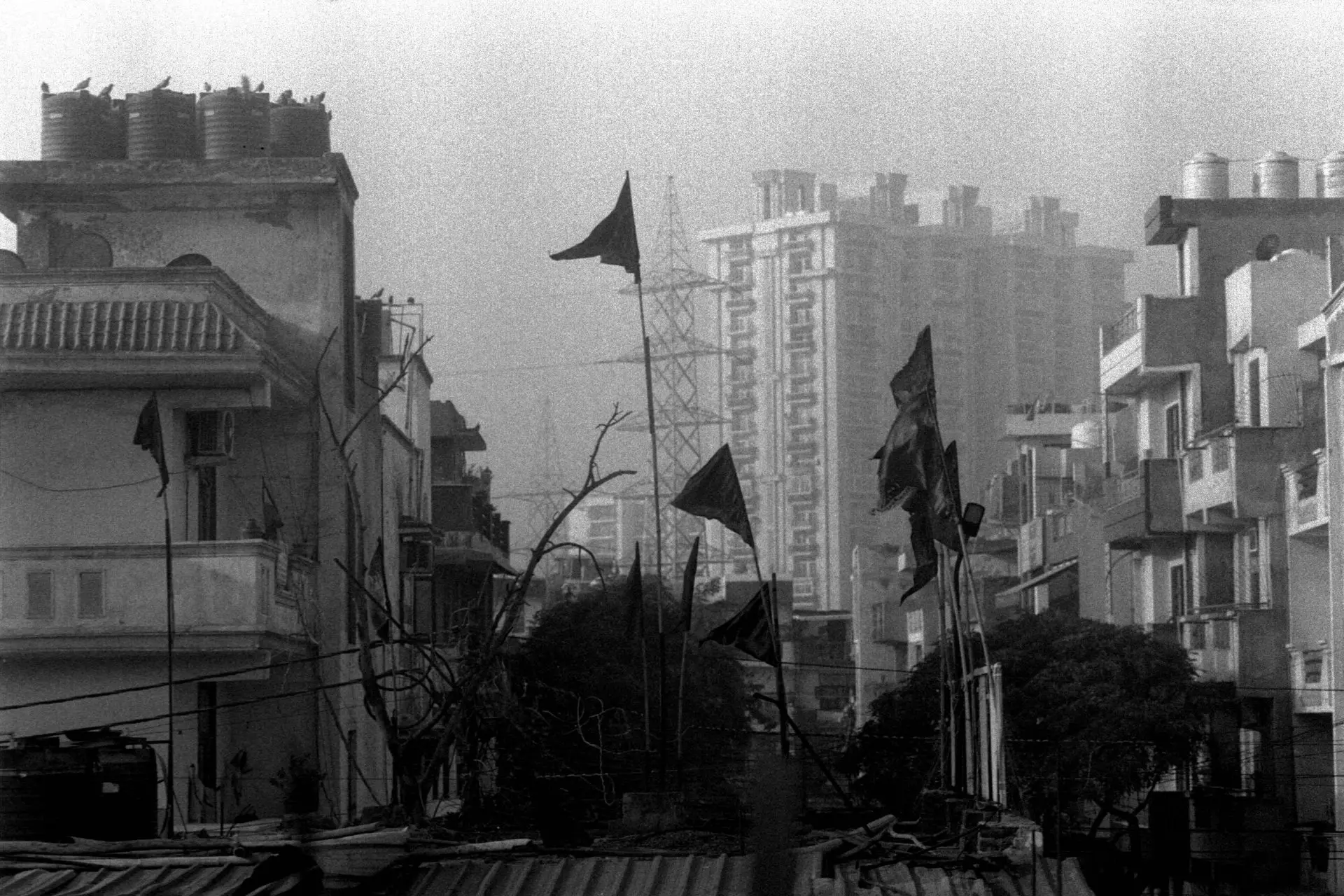








Comments
Alexander Seidler on Ilford Ortho 80 Plus for Documentary Photography: A Review
Comment posted: 10/08/2023
Jeffery Luhn on Ilford Ortho 80 Plus for Documentary Photography: A Review
Comment posted: 09/08/2024